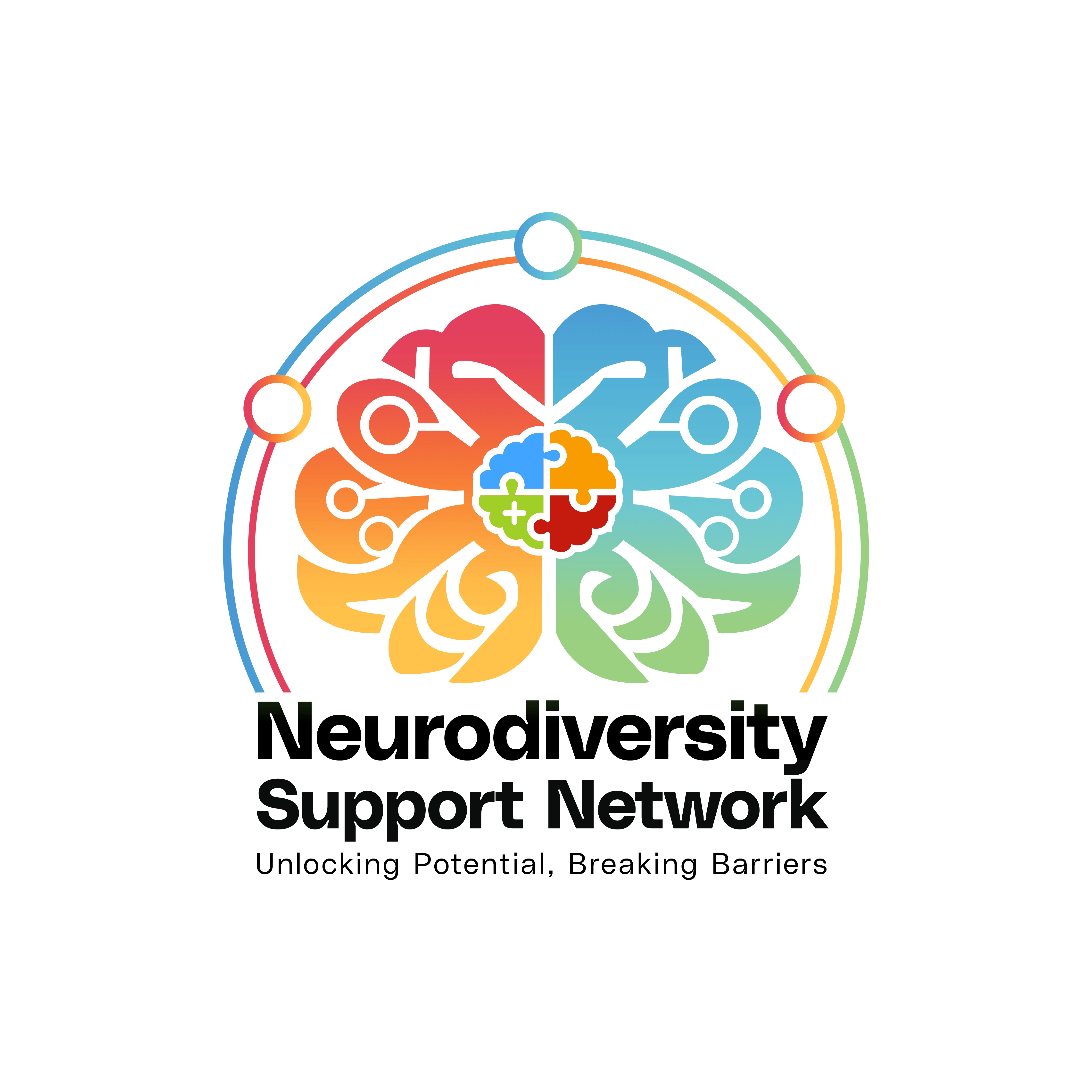Autism
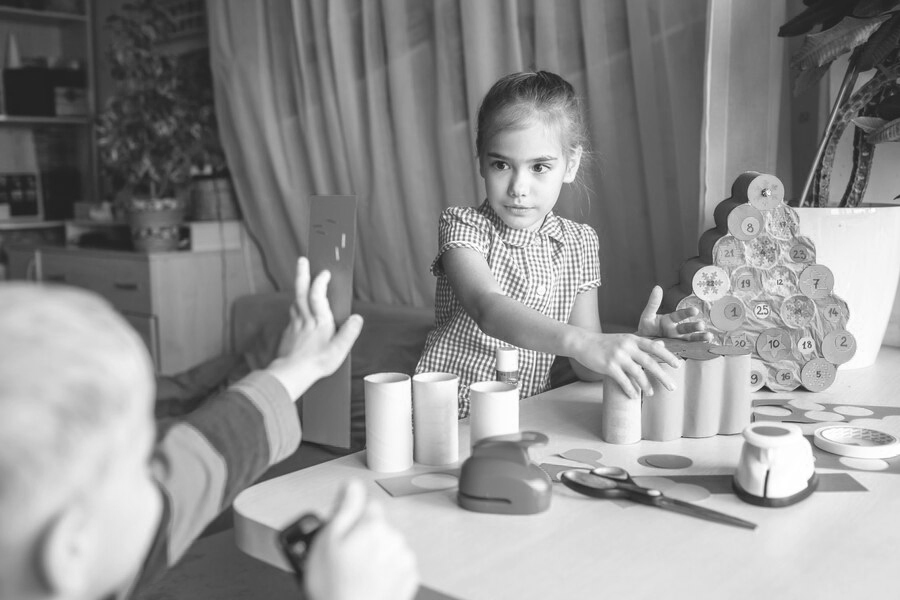
Autism, or Autism Spectrum Disorder (ASD), is a lifelong neurodevelopmental condition that affects how individuals perceive and interact with the world. It influences communication, social relationships, behaviour patterns, and sensory experiences. As a spectrum disorder, autism presents uniquely in each person, with varying strengths and challenges. Some individuals may require significant support, while others live independently.
Key characteristics include difficulties with social cues, repetitive behaviours, intense focus on specific interests, and sensory sensitivities. Early intervention, tailored support, and an inclusive environment can help individuals with autism thrive.

Social Signs
Limited Eye Contact
May not look at people during conversations.
Speech Delays
Might talk later or have trouble expressing themselves.
Struggles with Social Cues
Finds it hard to understand facial expressions or tone of voice.
Prefers Being Alone
Plays alone or has difficulty making friends.
Doesn’t Share Interests
Rarely points out or shows things to others.
Behavioural Signs
Repetitive Actions
Flapping hands, rocking, or repeating certain movements.
Likes Routines
Gets upset with changes in schedule or environment.
Special Interests
Strong focus on specific topics or objects.
Sensitive to Senses
May avoid loud sounds, bright lights, or certain textures.
Unusual Play
Prefers repetitive or structured play over pretending.
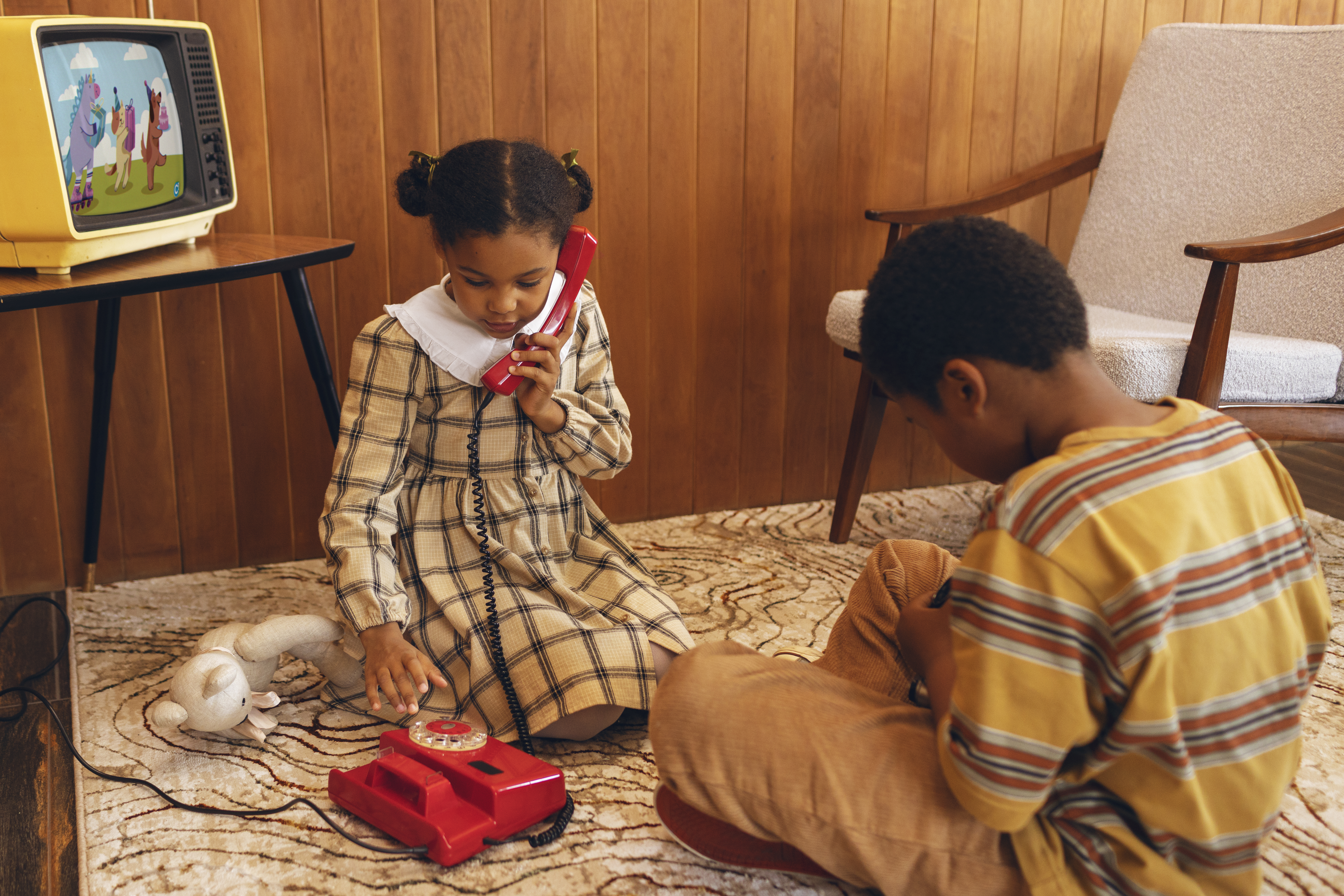
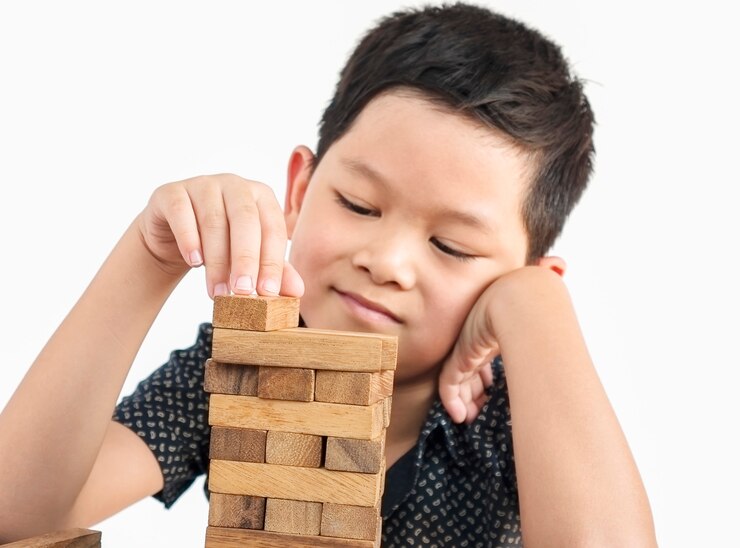
Behavioural Signs
Repetitive Actions
Flapping hands, rocking, or repeating certain movements.
Likes Routines
Gets upset with changes in schedule or environment.
Special Interests
Strong focus on specific topics or objects.
Sensitive to Senses
May avoid loud sounds, bright lights, or certain textures.
Unusual Play
Prefers repetitive or structured play over pretending.
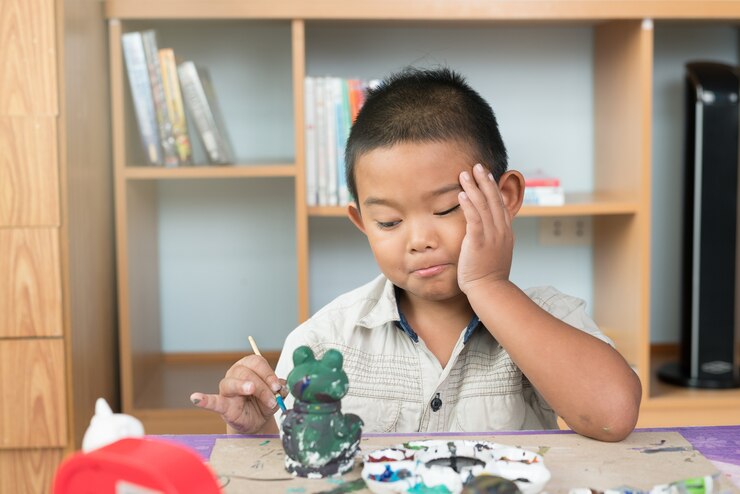
Developmental Signs
Uneven Skills
Advanced in some areas but delayed in others.
Struggles with Flexibility
Has trouble adapting to new situations.
Delayed Nonverbal Communication
Rarely points or waves.
Emotional Signs
Big Reactions to Small Changes
Meltdowns over things others might find minor.
Strong Attachments to Objects
Prefers specific toys or items.
Motor Skill Delays
Trouble with tasks like drawing or running.


Emotional Signs
Big Reactions to Small Changes
Meltdowns over things others might find minor.
Strong Attachments to Objects
Prefers specific toys or items.
Motor Skill Delays
Trouble with tasks like drawing or running.

How It Can Look in Girls
Girls with autism may:
- Be quieter or appear shy.
- Copy others to fit in, making signs harder to spot.
- Focus intensely on socially acceptable topics, like animals or books.

